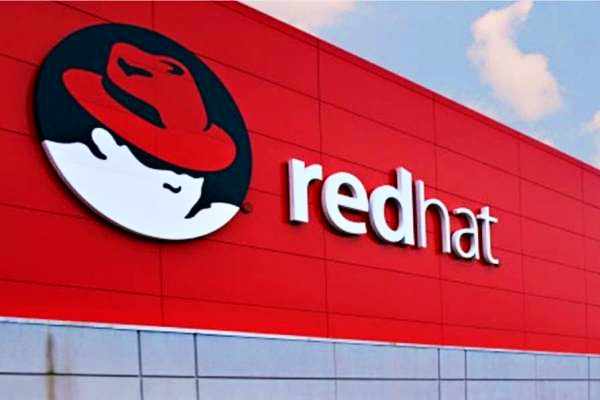Red Hat Summit: Red Hat has expanded its open hybrid cloud technology portfolio with three new managed cloud services. These new Red Hat managed cloud services aim to help customers with cloud-native applications development.
The company has leveraged its existing portfolio of Red Hat OpenShift offerings to roll out these new managed services. It provides self- and fully-managed Kubernetes across public clouds in the market.
During the Red Hat Summit 2021 this week, the company announced its new set of managed cloud services – Red Hat OpenShift API Management, Red Hat OpenShift Streams for Apache Kafka and Red Hat OpenShift Data Science.
Besides, the company also launched the new Red Hat Enterprise Linux 8.4 with new capabilities and updates furthering it as a powerful foundation for the open hybrid cloud, from the data centre to the edge.
The Open-source software company said its new services will deliver a fully managed and streamlined user experience to organisations with cloud-native applications across hybrid environments.
At the back of these new managed services lies the RedHat OpenShift Dedicated integration that helps mitigate the operational and IT complexities. And that too, without impacting developer productivity and providing a common set of capabilities across the open hybrid cloud and on multiple clouds.
Since last year, CIOs and IT leaders have faced challenges of expanding service demand while maintaining existing infrastructure commitments. And that is today’s reality. Customers and partners want flexibility in how they adopt technologies to deliver any application, anywhere, without additional overhead or complexity.
“To take full advantage of the open hybrid cloud, IT leaders need to be able to use the technologies that they need in whatever IT footprint makes sense for them,” said Matt Hicks, EVP – Products and Technologies, Red Hat.
Red Hat managed cloud services effectively drops many barriers that have kept organisations from harnessing the full potential of the hybrid cloud.
“We believe eliminating the traditional overhead of managing cloud-scale infrastructure will spark a genesis moment for customers and open up a future of possibility where those barriers once stood,” added Hicks.
According to RedMonk’s Principal Analyst, Stephen O’Grady, as enterprises look to improve their application development velocity, many are looking to decrease the operational burden of their development teams by leveraging managed cloud services. This allows the focus to be on delivering business value, rather than spending valuable resources on infrastructure management.
“With Red Hat OpenShift and a curated, tightly-integrated set of services that runs across multiple clouds, Red Hat intends to allow its customers to do just that,” commented O’Grady.
The new Red Hat managed cloud services will enable customers to build next-generation applications with a focus on distributing data and enabling API-driven access to it.
For instance, Red Hat OpenShift Streams for Apache Kafka will make it easier to create, discover and connect to real-time data streams regardless of where they exist. This service is available as a developer preview, with general availability expected later this year.
While, Red Hat OpenShift Data Science will offer organisations a way to more rapidly build, train and test machine learning (ML) models and export in a container-ready format. This service vailable in beta as an add-on to OpenShift Dedicated and Red Hat OpenShift Service on AWS, with general availability expected later this year.
And with Red Hat OpenShift API Management, organisations can accelerate time to value and reduce the operational cost of delivering API-first, microservices-based applications. This service is fully available as an add-on to Red Hat OpenShift Dedicated, and on Red Hat OpenShift Service on AWS.
Andreani, Audi, Japan Research Institute, Pelayo and VINCI Energies are early adopters of Red Hat managed cloud services for their cloud-native application environments.
New managed services allows Red Hat partners, independent software vendors (ISVs) and systems integrators (SIs) to offer new, value-added services to their clients.
According to RedMonk’s Principal Analyst, Stephen O’Grady, as enterprises look to improve their application development velocity, many are looking to decrease the operational burden of their development teams by leveraging managed cloud services. This allows the focus to be on delivering business value, rather than spending valuable resources on infrastructure management.
“With Red Hat OpenShift and a curated, tightly integrated set of services that run across multiple clouds, Red Hat intends to allow its customers to do just that,” added O’Grady.

